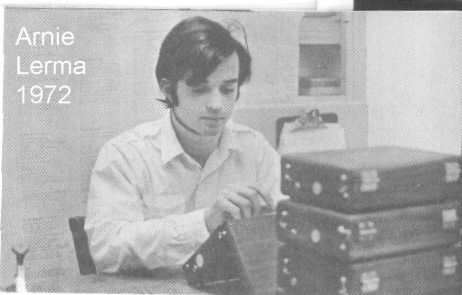I'm hoping someone can help me with this. I recently purhased a british e-meter mark V. And am having trouble getting it working. When i bought it i was ensured that it worked, though the guy i bought it off was not a scientologist and claimed not to know much about it, as it was his dad's.
The meter came as just the box with the leads with the clamps on the end and No can's.
The gist of it was that he said that soup cans worked better and were what his father used it with and that it just likely needed new batteries, and that once could attach any soup can's to the clamps and it should be operational.
I tried this, put new batteries, in it, attached can's to the clamps. And for the life of me i can't even tell if the thing works or not. As it makes no indication that it turns on, no matter what i try to do with it, ive turned all the knobs, the batteries are in the right way, and no matter what i do with the can's the dial will not budge move from its set position. Needless to say i'm pretty disapointed.
Does anyone here have any ideas, am i doing something wrong? Is there a way to test if the meter works, Did i get bad advice, is there a way to get it working, or do i just own a faulty piece of machinery?
PS: I attached a picture of the meter, and the can's how i have it set up, hopefully that can help in allowing someone to provide with me an answer.
Thank you.
The meter came as just the box with the leads with the clamps on the end and No can's.
The gist of it was that he said that soup cans worked better and were what his father used it with and that it just likely needed new batteries, and that once could attach any soup can's to the clamps and it should be operational.
I tried this, put new batteries, in it, attached can's to the clamps. And for the life of me i can't even tell if the thing works or not. As it makes no indication that it turns on, no matter what i try to do with it, ive turned all the knobs, the batteries are in the right way, and no matter what i do with the can's the dial will not budge move from its set position. Needless to say i'm pretty disapointed.
Does anyone here have any ideas, am i doing something wrong? Is there a way to test if the meter works, Did i get bad advice, is there a way to get it working, or do i just own a faulty piece of machinery?
PS: I attached a picture of the meter, and the can's how i have it set up, hopefully that can help in allowing someone to provide with me an answer.
Thank you.


